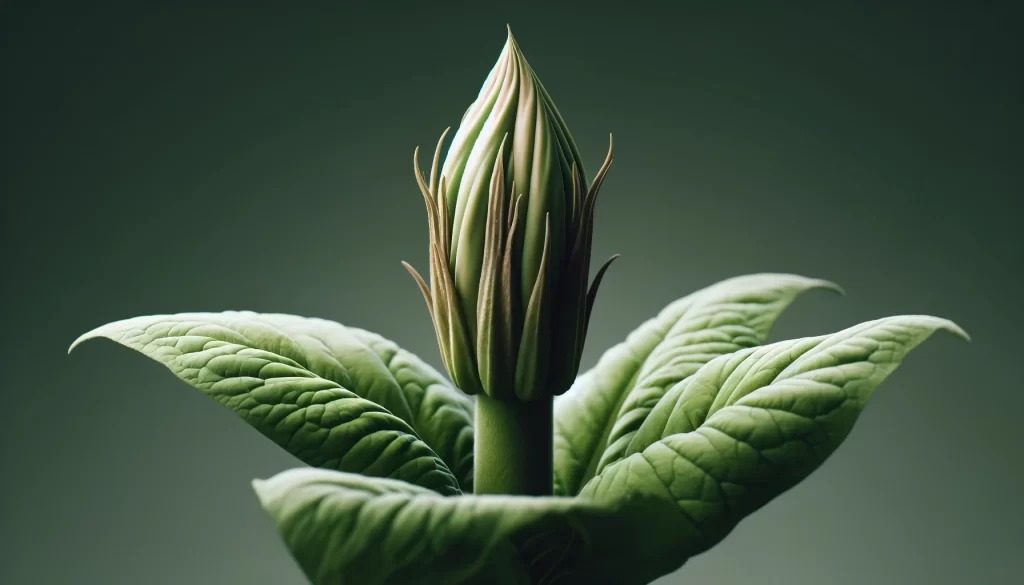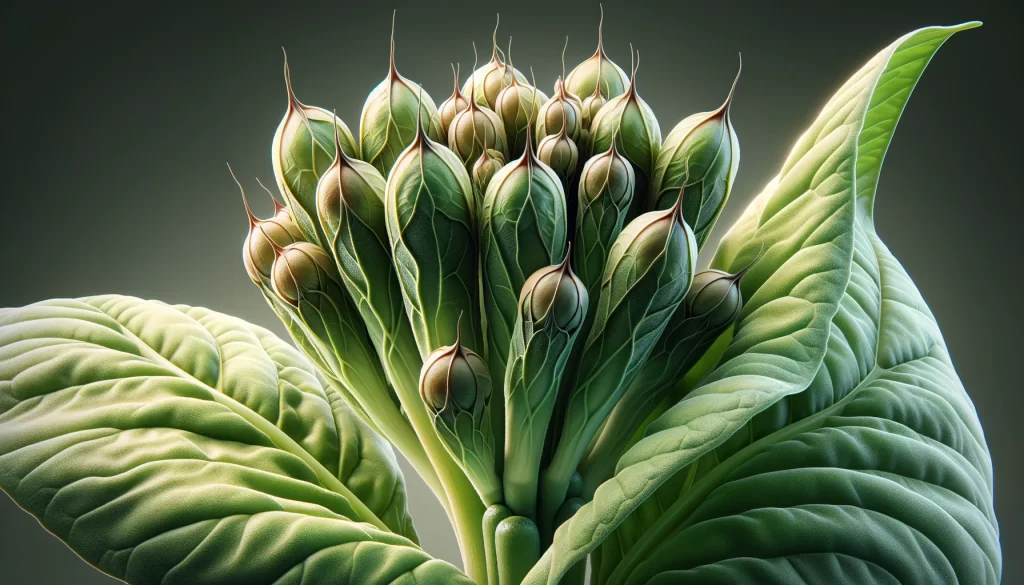The cultivation of tobacco, one of the most important plants for the tobacco industry, goes through a life cycle composed of various phenological stages, each crucial for the optimal development of the plant and the production of high-quality tobacco leaves. These stages not only delineate the progress of the crop over time but also provide fundamental benchmarks for the implementation of specific agricultural practices and proper resource management.

From seed germination to the harvest of mature leaves, each phase of the tobacco life cycle presents unique challenges and opportunities for producers, which must be addressed with knowledge and care. In this introduction, we will explore the main phenological stages of tobacco, as well as the detailed processes that characterize each one, offering a comprehensive view of the life cycle of this plant of significant economic and cultural importance.
Germination
- Seed preparation: Pre-treatments such as soaking or scarification can facilitate germination.
- Seedling emergence: The seedling emerges from the soil after absorbing water and nutrients from the seed.

Vegetative Development
- Leaf formation: Seedlings develop primary and secondary leaves.
- Root system development: Roots grow and branch out to absorb water and nutrients from the soil.
- Lateral stem development: Lateral shoots are formed that contribute to the growth and structure of the plant.
Floral Bud Formation
- Meristem differentiation: The apical meristem transforms into the floral bud where flowers will develop.

Flowering
- Floral bud development: Buds form in the floral bud and begin to differentiate into flowers.
- Flower opening: Flowers open to allow for pollination and the formation of seed capsules.
Seed Capsule Formation
- Pollination: Fertilized flowers develop seed capsules containing fertilized ovules.
- Capsule development: The capsules grow and mature, changing color and size as the seeds develop.

Seed Maturation
- Seed development: Seeds within the capsules complete their development, accumulating nutrient reserves.
- Capsule drying: Mature capsules dry out, facilitating harvest and seed extraction.
Harvest
- Mature capsule selection: Mature capsules are selected for collection.
- Seed extraction: Seeds are extracted from the capsules and cleaned for storage or sowing.

Nutrient Recommendations for Tobacco Crop Stages
Here is a table showing general nutrient recommendations and their doses for each stage and substage of tobacco cultivation:
| Stage/Substage | Nutrients | Recommended Dose |
|---|---|---|
| Germination | Phosphorus (P), Potassium (K) | P: 5-10 kg/ha, K: 10-20 kg/ha |
| Vegetative Development | Nitrogen (N), Phosphorus (P), Potassium (K) | N: 50-100 kg/ha, P: 10-20 kg/ha, K: 30-50 kg/ha |
| Micronutrients (such as iron, manganese, zinc) | According to soil or foliar analysis | |
| Floral Bud Formation | Nitrogen (N), Potassium (K) | N: 50-80 kg/ha, K: 40-60 kg/ha |
| Calcium (Ca), Magnesium (Mg) | Ca: 20-30 kg/ha, Mg: 10-20 kg/ha | |
| Micronutrients | According to soil or foliar analysis | |
| Flowering | Phosphorus (P), Potassium (K) | P: 20-40 kg/ha, K: 40-80 kg/ha |
| Calcium (Ca), Magnesium (Mg) | Ca: 20-30 kg/ha, Mg: 10-20 kg/ha | |
| Micronutrients | According to soil or foliar analysis | |
| Seed Capsule Formation | Phosphorus (P), Potassium (K) | P: 40-60 kg/ha, K: 60-100 kg/ha |
| Calcium (Ca), Magnesium (Mg) | Ca: 20-40 kg/ha, Mg: 10-30 kg/ha | |
| Micronutrients | According to soil or foliar analysis | |
| Seed Maturation | Potassium (K), Phosphorus (P) | P: 20-40 kg/ha, K: 40-80 kg/ha |
| Calcium (Ca), Magnesium (Mg) | Ca: 20-40 kg/ha, Mg: 10-30 kg/ha | |
| Micronutrients | According to soil or foliar analysis |
It’s important to remember that these recommendations are general and may vary depending on the specific conditions of the soil, climate, tobacco variety, and agricultural practices used. It’s recommended to perform soil and foliar analyses periodically to precisely adjust nutrient doses. Moreover, following local regulations and the guidance of agricultural professionals for proper nutrient management in tobacco cultivation is essential.
 AgronoBlog – Agriculture Blog
AgronoBlog – Agriculture Blog